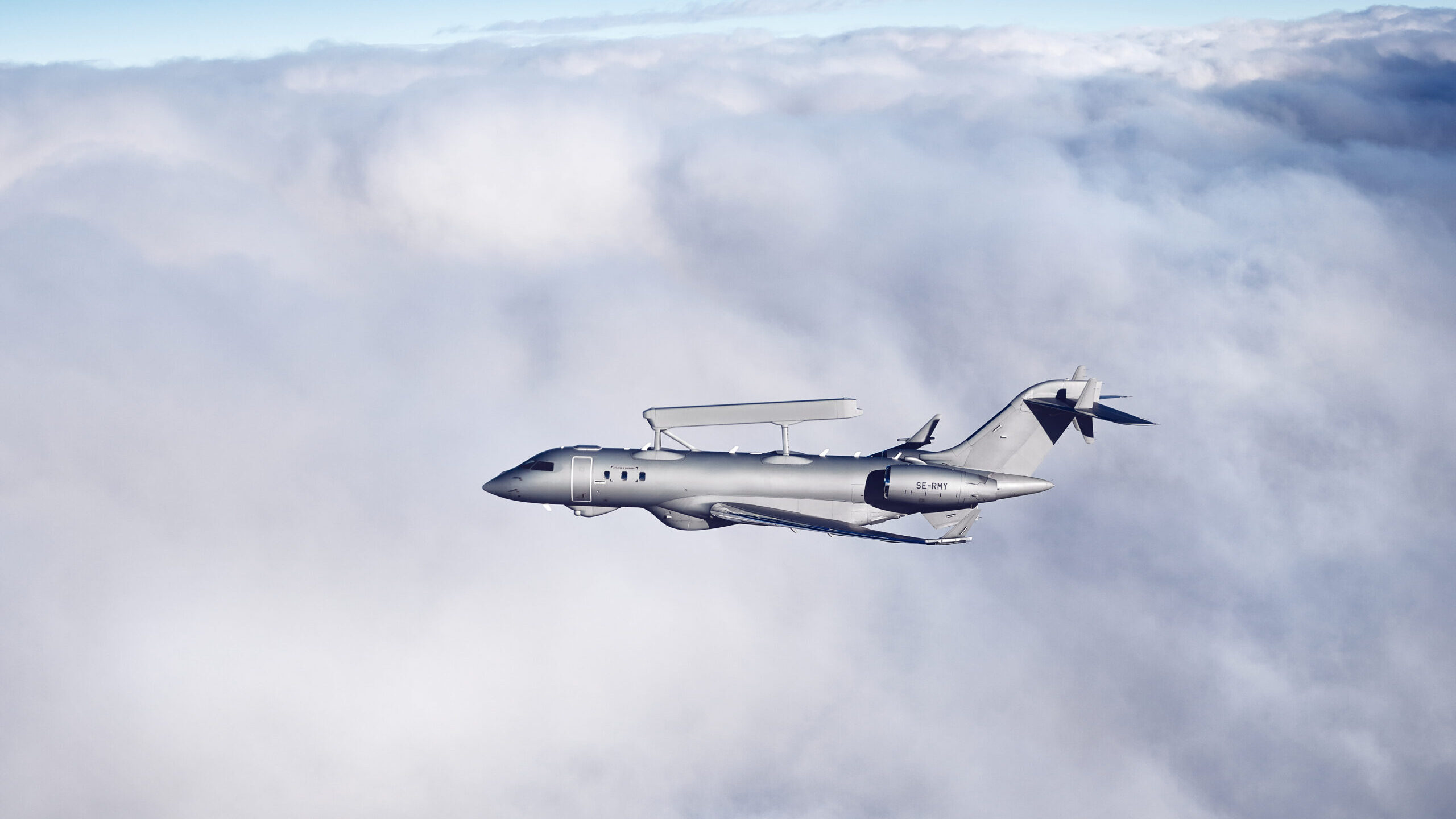There is a degree of urgency here by USAF due to the operational threat together with a *very* trusted relationship with RAAF. Additionally, this has been shaped by these Air Forces, and RAF, for a period of time. So, while I agree with Nga about traditional yankee bureaucratic practices over the years, this may well be an exception. I would strongly suggest that if E-7 systems and airframe(s) are to be upgraded by USAF, this has been worked in parallel with RAAF, RAF & USAF.
AUKUS is a significant, earthquake, sign of this deep relationship.
Sadly, for RNZAF it is also a sign of just how out of touch and irrelevant it has become. Sigh. Pause for dramatic effect. I say that as a broken hearted kiwi who fears that NZ participation in Five Eyes is also broken, token, and irrelevant.









